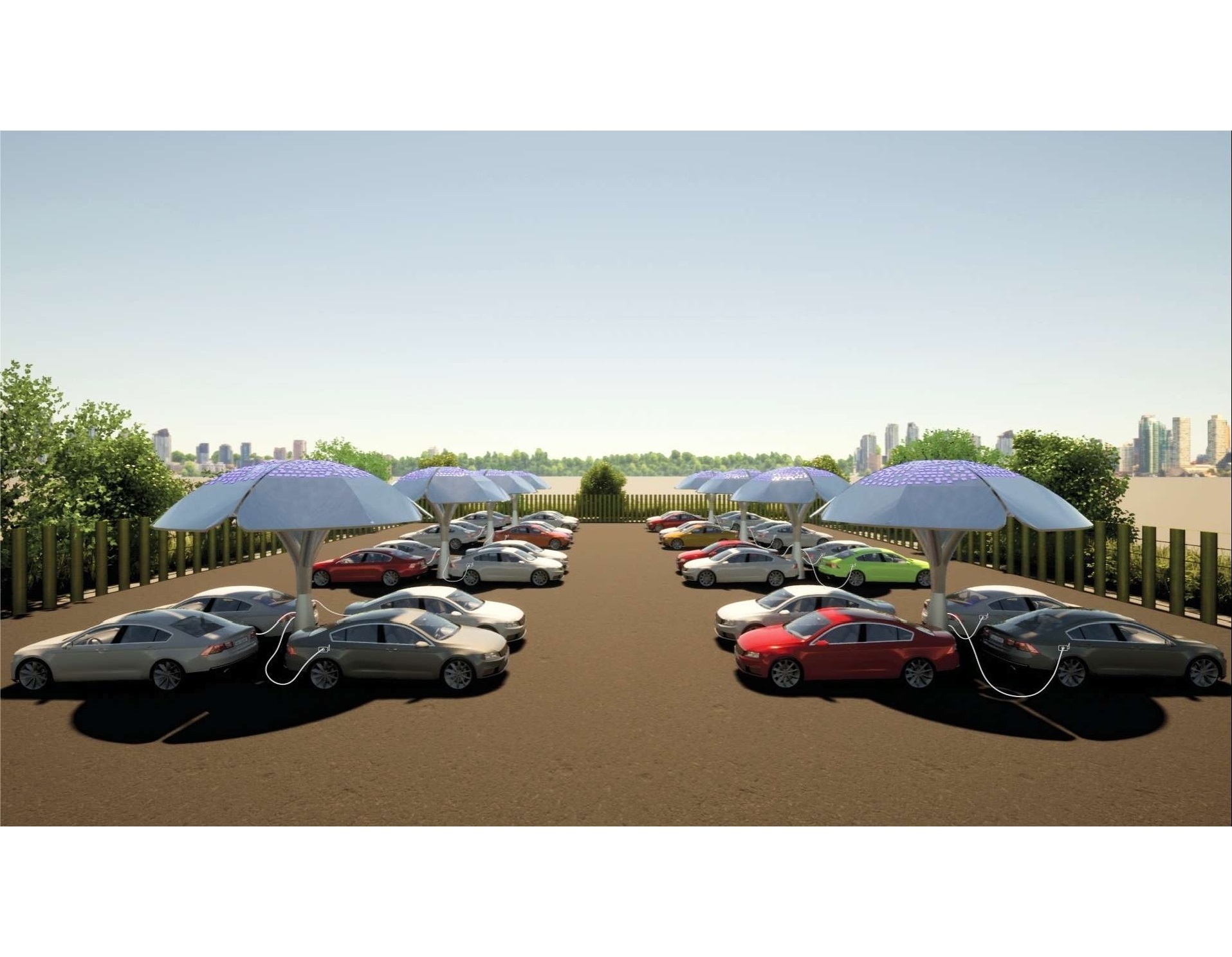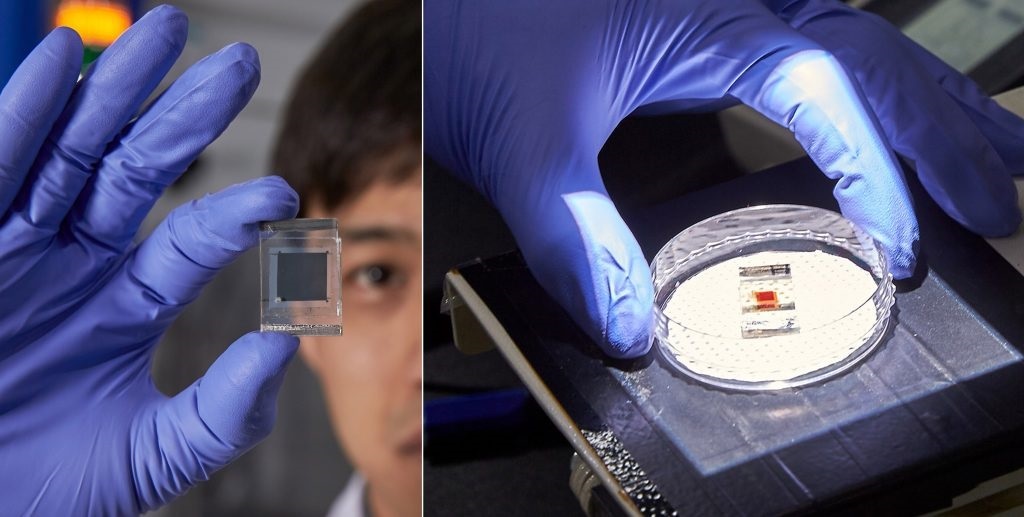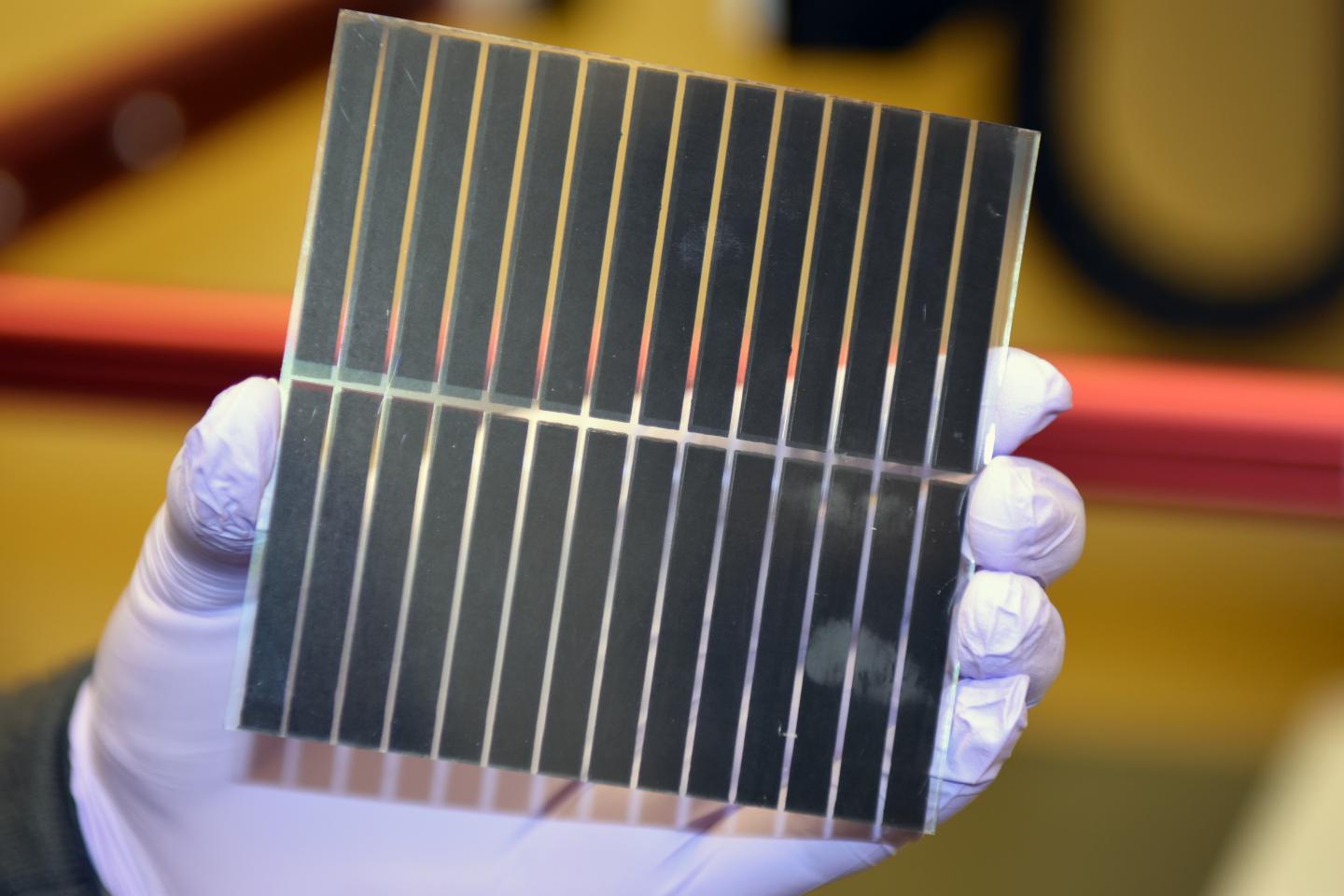October 27, 2016
As part of a NEDO project, Kaneka Corporation has achieved the world’s highest conversion efficiency of 24.37% in a crystalline silicon solar cell module . This achievement in silicon solar cell modules, which are the most popular type in the world, represents significant progress towards reaching the power generation cost targets set forth as part of the NEDO project .
Kaneka Corporation (hereafter referred to as “ KANEKA ” ) ha s been developing high - efficiency crystalline silicon photovoltaic technologies to achieve power generation cost goal s of 14 yen/kWh (equivalent to the cost of electricity for commercial use) by 2020 and 7 yen/kWh (equivalent to the cost of conventional thermal power generation) by 2030 as part of the NEDO “ Development of High - Performance and High - Reliability PV Modules to Reduce the Levelized Cost of Electricity ( LCOE ) ” project . As was announced previously , KANEKA has achieved the world ’s highest conversion efficiency rating of 26.33% in a crystalline silicon solar cell (heterojunction back contact type) with a practical cell area size (180 cm2).
Crystalline silicon solar cell (heterojunction back contact type) is a crystalline silicon solar cell which incorporates heterojunction technology and back - contact technology. Heterojunction technology is technology which binds together multiple kinds of semiconductors with different material properties , such as combining crystalline silicon with amorphous silicon to reduce defects which lower conversion efficiency or combining materials which convert the light energy of different wavelength ran ges into electricity to obtain higher conversion efficiency. Back contact technology, which forms electrodes only on the back face of solar cells, can make the light receiving area of the top face larger by concentrating all the electrodes on the back face and as a result enhance s conversion efficiency.
Solar cells are generally used as a module built with inter - connected solar cells and covered by tempered glass on the surface. T he solar cell module , built by KANEKA with 108 crystalline silicon solar cell s (heterojunction back contact type) , has achieved the world ’s highest conversion efficiency rating of 24.37% (module area: 13,177 cm2 ) through the use of KANEKA’s newly October 27, 2016 developed technologies to minimize the resistive loss of inter - cell wirings in the module and to raise the collection efficiency of the sunlight radiated i n to the module.
By surpassing a 22% module conversion efficiency which is one of the goals that are critical to achieve the power generation targets (14 yen/kWh in 2020) set forth as part of NEDO’s solar power generation development strategy (NEDO PV Challenges) by using crystalline silicon solar cell modules, which a re the most widespread type in the world, this achievement makes a major step towards achieving our power generation cost goals in the future.
Future plans
NEDO and KANEKA will continue to develop photovoltaic technologies for improving conversion efficiency , reducing production cost , enhancing reliability, and so on to attain power generation at our cost goal . KANEKA will promote practical development to commercialize high - efficiency solar cells that utilize the result s of this project.












